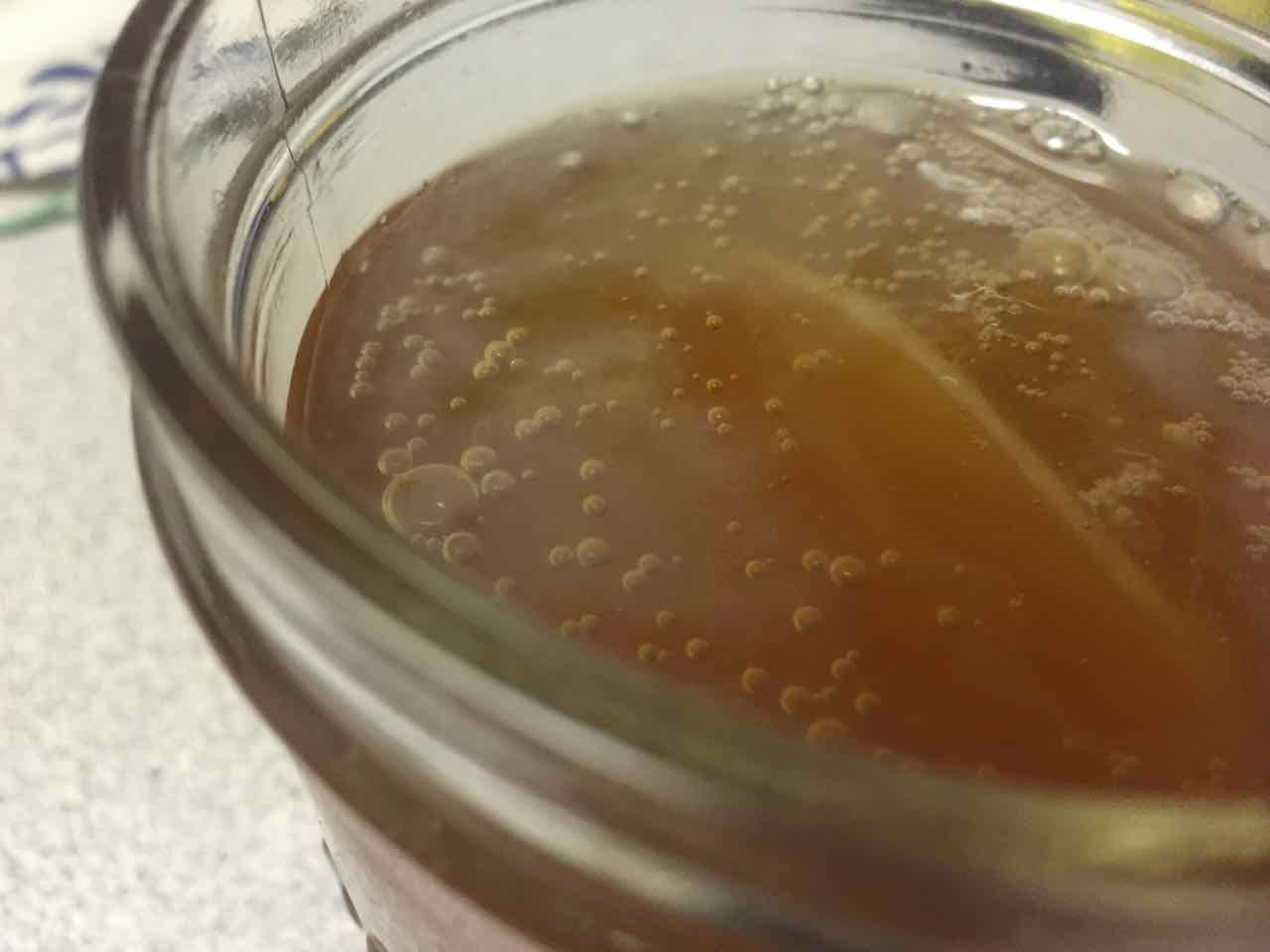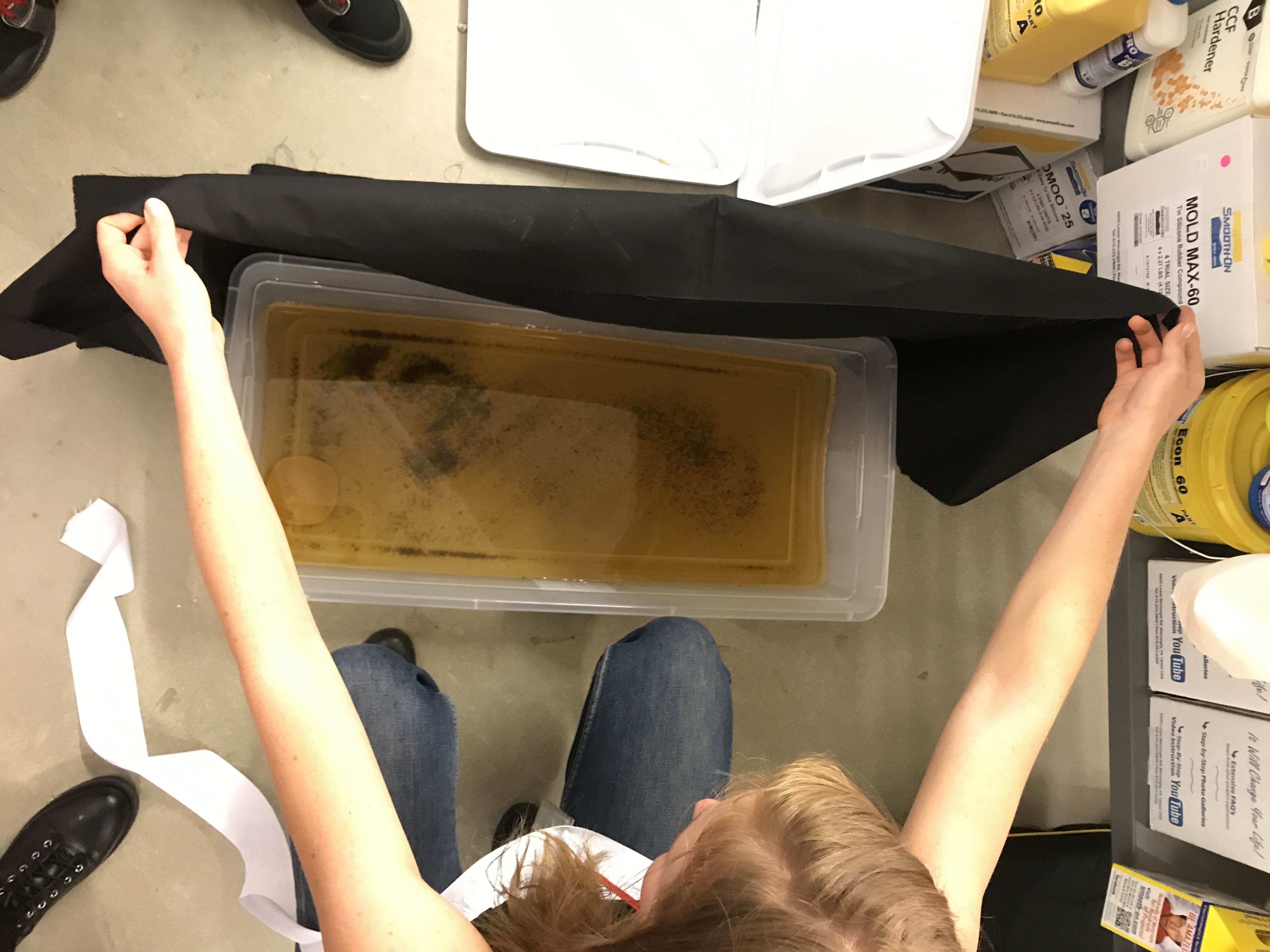In the serach for pantone#
bio dyes and materials

I. About#
Stephanie, Montserrat, Oye and I collaborated on the assignment this week. Collectively we tested an array of different natural dies, and systematically tested 3 kinds of mordants and 2 modifiers. All of the recipes were taken from class notes.
II. Dyes#
Personally I took on preparing a Cu and Fe mordants as well as running a test across the variations using the turmeric dye. I also put together a digital swatch book summarizing out efforts.
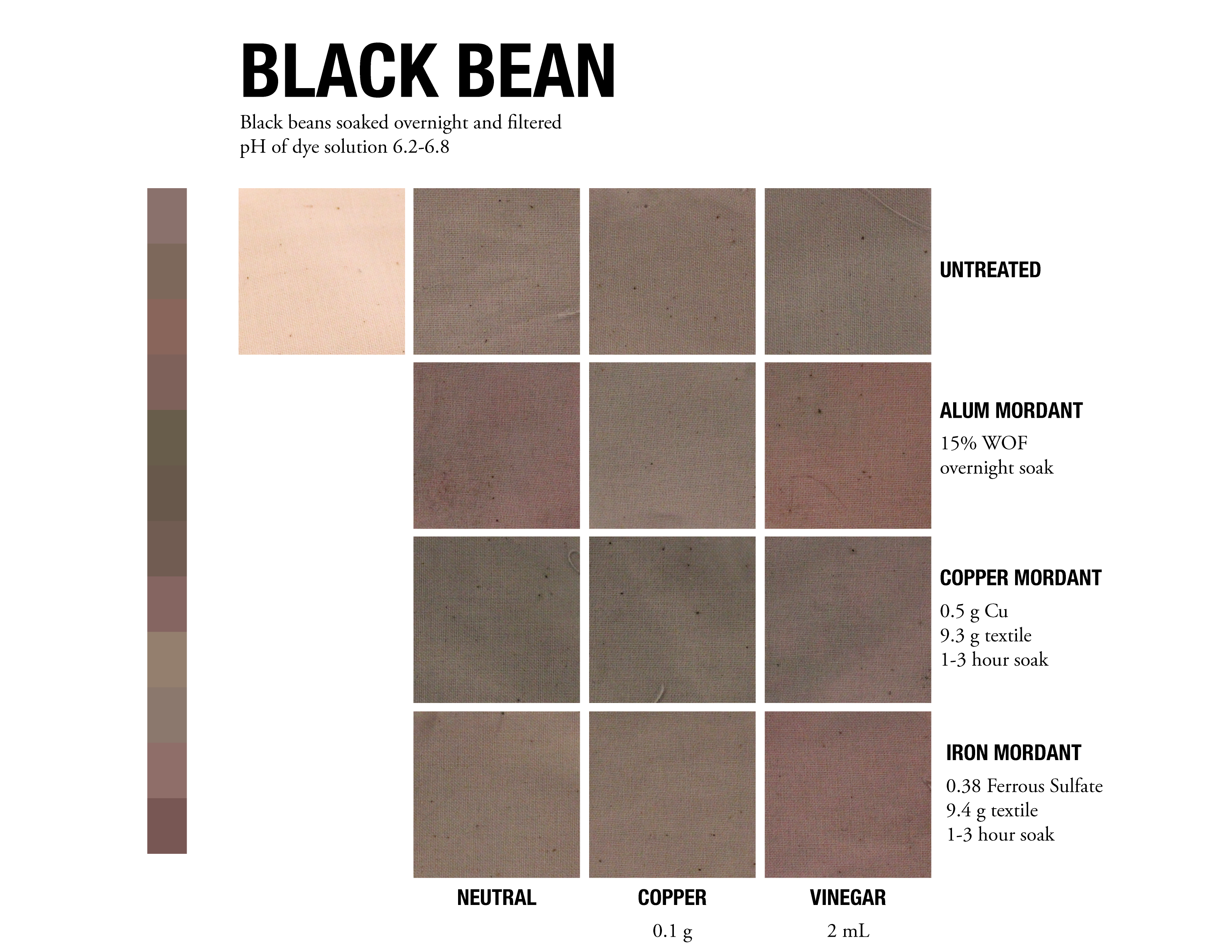
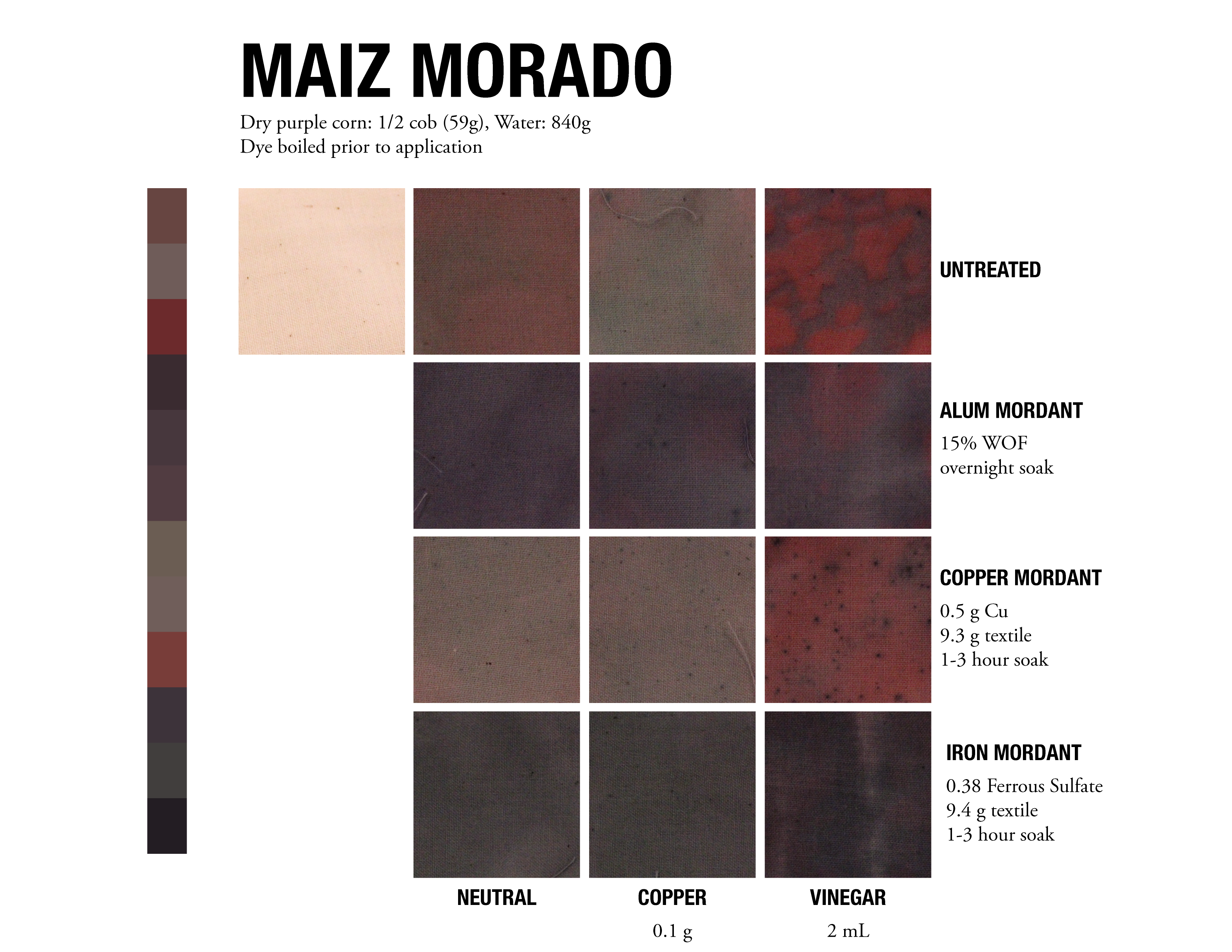
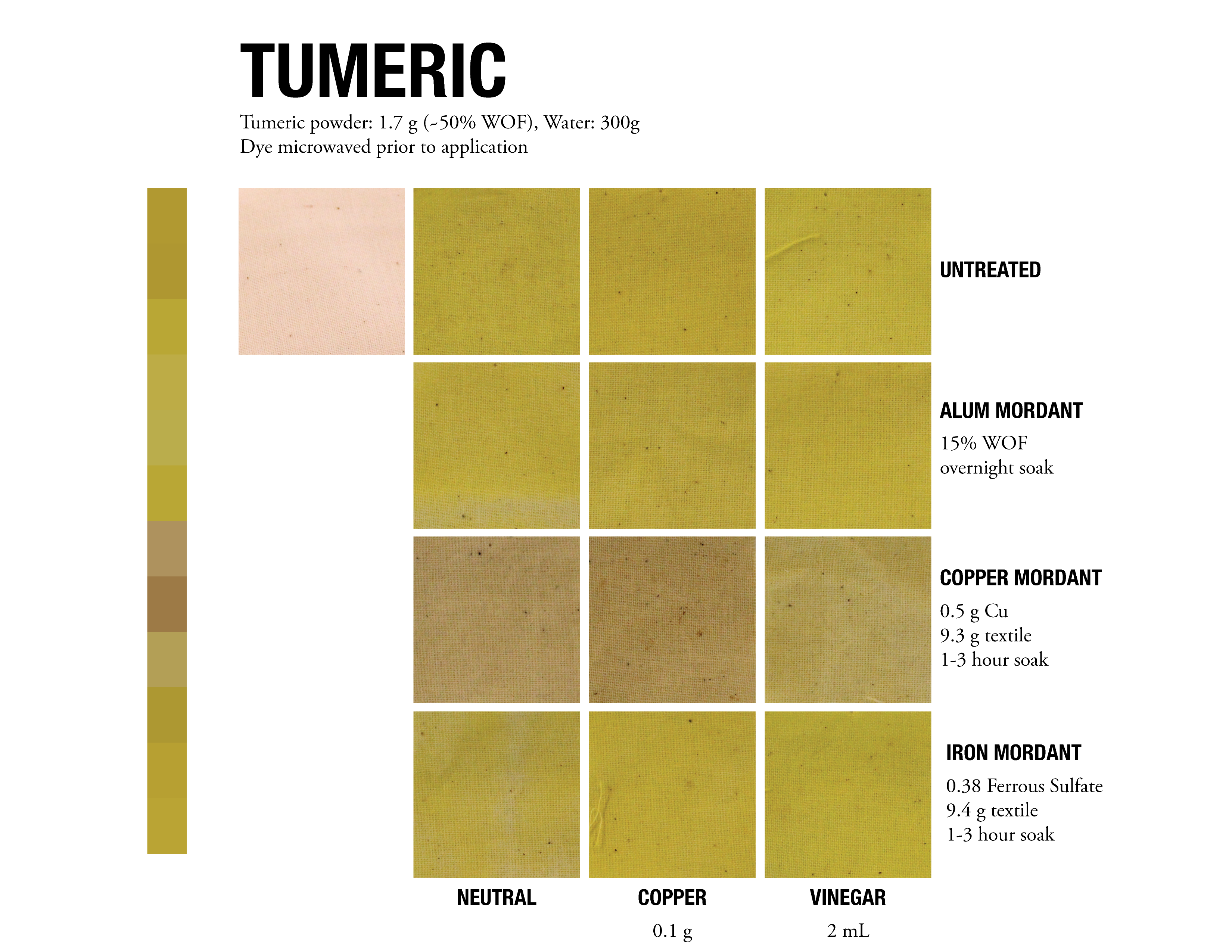
III. Kombucha leather#
Montserrat Oye and I made two batches of kombucha leather – one black tea based with turmeric and the other green tea based without any additives. The recipes we used were from the class notes. It was approximately 120 gr of sugar per 1 liter of tea and approximately 6 tea bags total. I learned a cool new trick from Montserrat on how to grow a kombucha scoby from old kombucha bottles.

One week later#
The black tea batch has grown tremendously.
Final results#
The green tea kombucha failed. I think it’s largely because in oder for a kombucha SCOBY to grow successfully in green tea it has to be converted to a Jun SCOBY.

Making a SCOBY from store-bought kombucha#
In the US kombucha is not pasteurized so it’s possible to make your own kombucha SCOBY from a store bought bottle. The process is pretty straight forward.
After drinking, the beverage there will be some sediment left at the bottom of the bottle. To be sure you have enough, preserve about a 10% of the beverage for this purpose.
Pour out the remnants into a brewed batch of sweet tea, for recipe see this site.
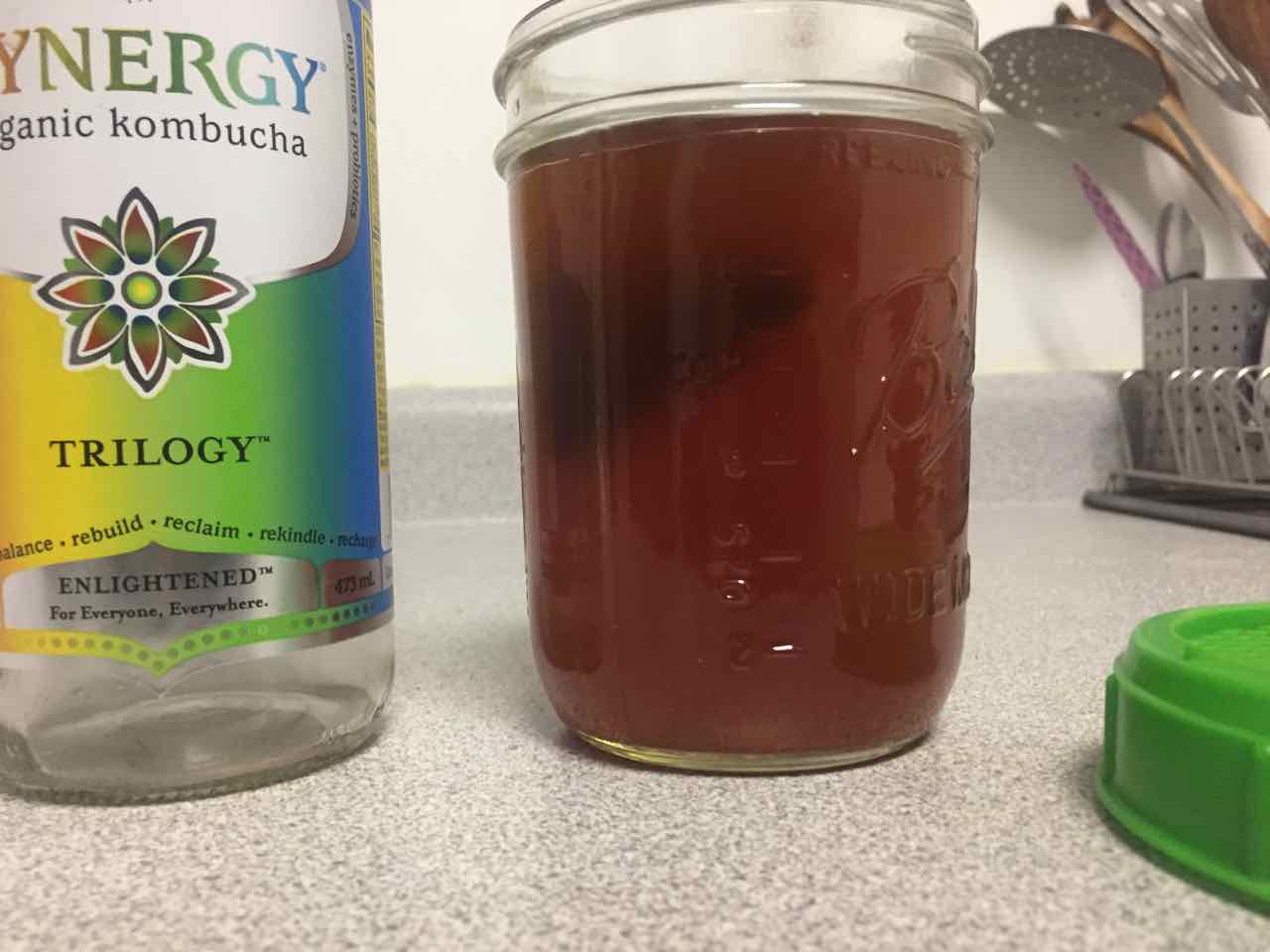
Cover with a cloth or coffee filter and let sit. After about a week you’ll notice the sediment getting thicker.
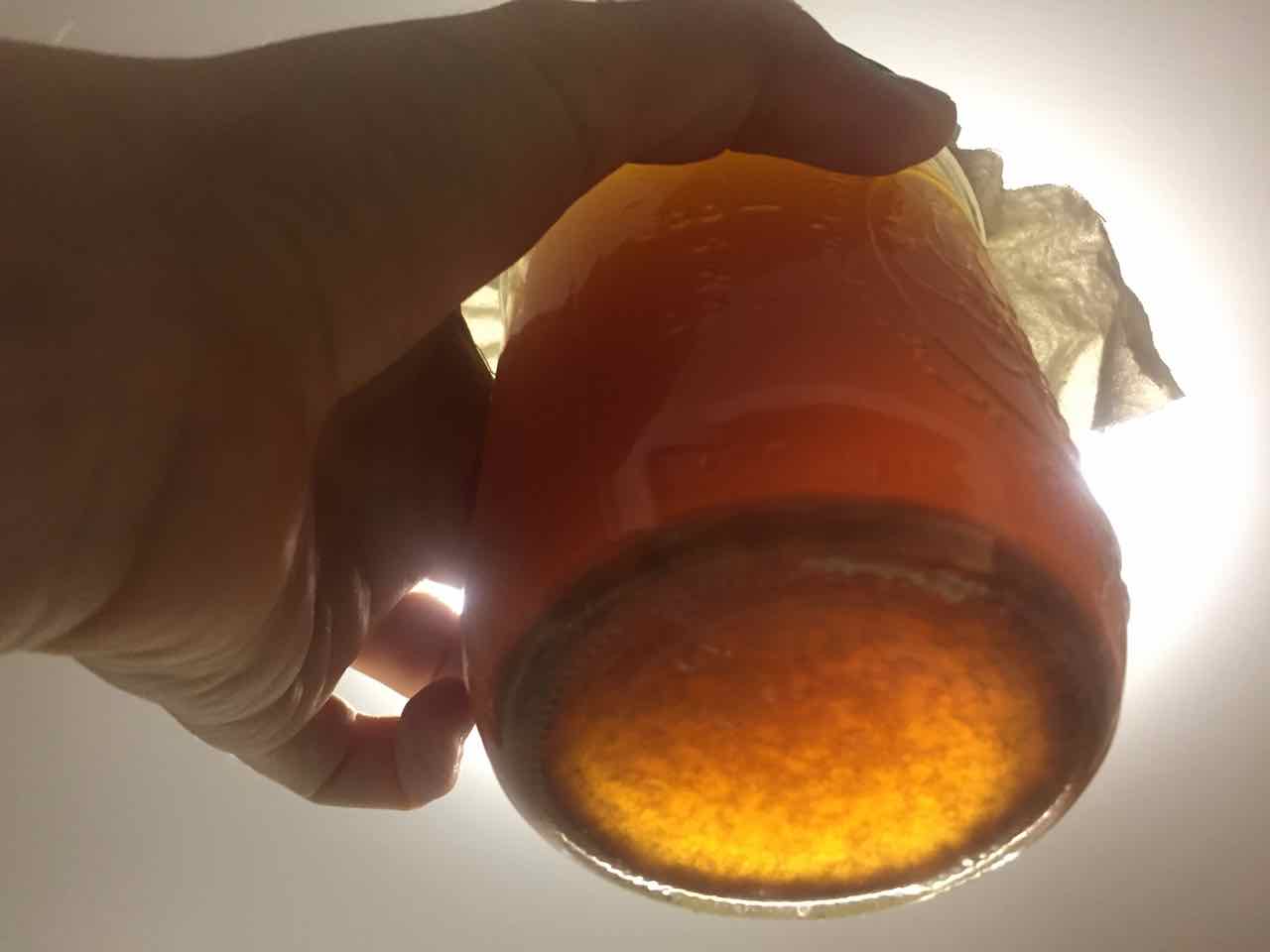
Ideally your SCOBY should be about a .25” thick, the time it takes to achieve that varies on the climate you’re in. The SCOBY likes places that are warm and damp. After about four weeks I put my SCOBY into new batch of sweet tea, you can see the film forming here.
